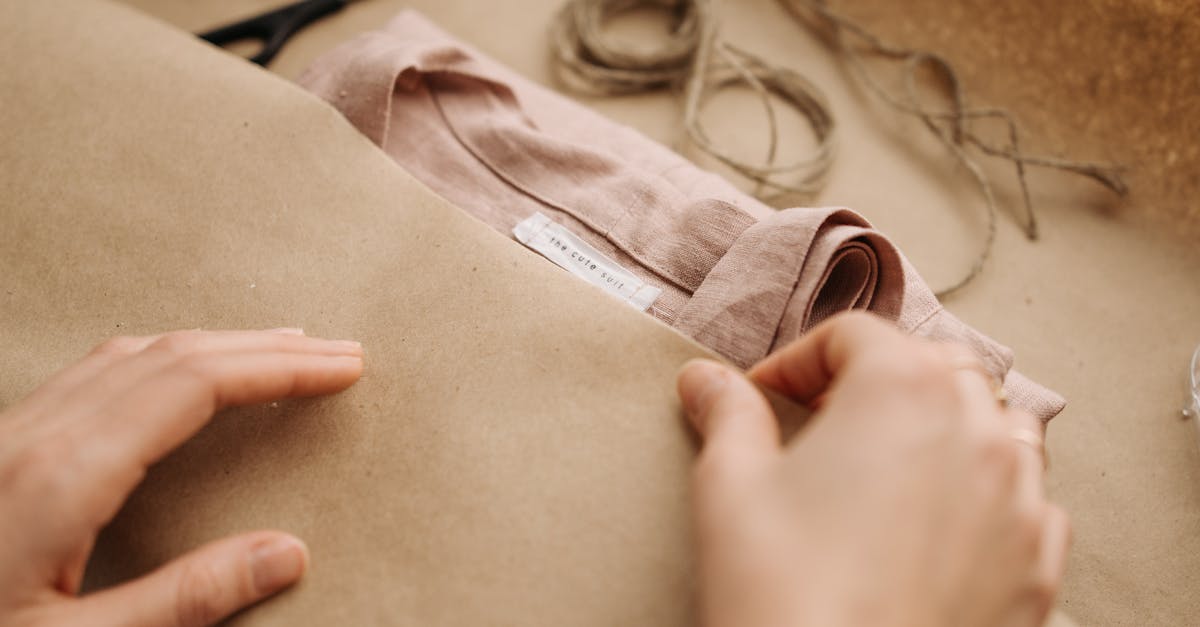The Rise of Sustainable Fashion Worldwide
Introduction to Sustainable Fashion
The fashion industry is witnessing a profound transformation as sustainable fashion rises to the forefront of global consciousness in 2023. This movement prioritizes the environment, ethical production, and social responsibility, setting new standards for an industry notorious for its waste and exploitation. Increasing awareness of environmental changes, coupled with the demand for ethical labor practices, is fuelling this shift. As consumers become more conscious, designers and brands are rethinking traditional methods, aiming to minimize their carbon footprint. With significant innovations in materials and production processes, sustainable fashion is not just a trend but a necessary evolution. This article delves into how sustainable fashion is reshaping the industry.
Advertisement
Defining Sustainable Fashion
Sustainable fashion refers to a broad spectrum of practices that aim to reduce the harmful effects of fashion production and consumption on the planet. It emphasizes eco-friendly materials, ethical labor practices, and responsible manufacturing, alongside promoting recycling and upcycling. Key aspects include using organic and biodegradable materials, reducing water consumption, and adopting energy-efficient processes. By focusing on the entire lifecycle of clothing, from design to disposal, sustainable fashion seeks to create closed-loop systems that minimize waste. Brands are finding innovative ways to align fashion with environmental stewardship without compromising on aesthetics and quality.

Pavel Danilyuk/Pexels
Advertisement
Significant Innovations in Materials
Recent innovations in materials have been pivotal in advancing sustainable fashion. Eco-fibers like organic cotton, hemp, bamboo, and Tencel are gaining popularity for their low environmental impact. Moreover, the introduction of lab-grown leather and plant-based textiles offer promising alternatives to traditional materials. Recycled materials, such as polyester from plastic bottles, are transforming waste into high-quality fabrics. Innovations like "Econyl," regenerated nylon from discarded fishing nets, highlight the potential for waste reclamation. These materials not only reduce environmental damage but also provide designers with versatile, durable options for stylish garment creation.
Advertisement
The Role of Technology and Production
Technology and innovative production processes play a critical role in sustainable fashion by enhancing efficiency and reducing waste. The integration of 3D printing allows for on-demand customization, minimizing excess inventory. Digital pattern making and automated sewing systems further streamline production, ensuring precision while conserving resources. Advances in dyeing techniques, such as digital and waterless dyeing, limit water pollution and cut down on chemical use. Supply chain transparency through blockchain technology ensures ethical sourcing and fair trade practices. These technological strides signify the fusion of fashion with modern engineering, advancing the quest for sustainability.
Advertisement
Consumer Demand for Ethical Practices
The rise of conscious consumerism is driving the surge in demand for sustainable fashion. Today's consumers are informed and value transparency, opting for brands that reflect their personal ethics on environmental and social issues. This shift is pressuring retailers to adopt sustainable practices or risk losing market share. The growing popularity of certifications like Fair Trade, Global Organic Textile Standard (GOTS), and B Corp attests to this trend. Consumer awareness campaigns and social media activism are crucial in educating and influencing purchase decisions. As preferences evolve, fashion brands are adopting holistic approaches catering to both style and sustainability.
Advertisement
Challenges of Transitioning to Sustainability
Despite its promise, the transition to sustainable fashion faces numerous hurdles. High production costs, lack of infrastructure, and consumer price sensitivity are significant barriers. Shifts in manufacturing may lead to employment disruptions in traditional supply chains. Regulatory limitations and uneven knowledge distribution hinder global adoption. Skepticism about "greenwashing"—where brands falsely claim to be sustainable—undermines consumer trust. Addressing these challenges requires collaboration between stakeholders across the fashion industry. To overcome these obstacles, innovative thinking and committed action are necessary at every level, from policymaking to consumer education.
Advertisement
The Impact on Broader Environmental Goals
Sustainable fashion contributes significantly to broader environmental objectives. As the clothing industry accounts for a large portion of global carbon emissions, sustainable practices can considerably reduce this footprint. By emphasizing energy efficiency, reduced water usage, and eco-friendly materials, sustainable fashion aligns with global goals like the Paris Agreement. It transforms fashion industry stakeholders into active participants in combating climate change. Encouraging circular fashion—where garments are repaired, reused, and upcycled—extends product lifecycle, reducing the need for constant production. These collective efforts underscore fashion's potential as an ally in environmental preservation.
Advertisement
Cultural and Global Influences
Sustainable fashion is influenced by a variety of cultural and global factors. Different regions emphasize unique aspects of sustainability, whether it be craftsmanship in India, eco-material innovations in Nordic countries, or zero-waste fashion in Japan. Global collaborations among brands, designers, and environmental organizations catalyze the exchange of ideas, encouraging a diverse and inclusive approach to sustainability. Traditional and indigenous practices offer valuable insights into harmonious living with nature, influencing contemporary fashion. This global perspective enriches sustainable fashion, making it a multifaceted movement with widespread appeal.
Advertisement
Looking Ahead: The Future of Fashion
The future of fashion lies in its ability to innovate sustainably. As more brands commit to transparent practices and circular economies, the industry will become more attuned to ecological considerations. Future advancements may see the proliferation of smart textiles, integrating technology with sustainability for multifunctional clothing solutions. Increasing regulations and international agreements will further drive global sustainable initiatives. Emerging trends in rental and second-hand markets highlight a shift from ownership to access, redefining consumption. Ultimately, the evolution of sustainable fashion will reflect a balance between innovation, ethics, and environmental responsibility.
Advertisement
Conclusion and Takeaway
The rise of sustainable fashion worldwide marks an inspiring shift towards a more environmentally and socially aware future. This movement is actively redefining industry standards, showcasing that fashion does not have to compromise on ethics to be appealing. Though challenges exist, innovative materials, technologies, and the collective demand for change reinforce that sustainability is achievable. As society becomes increasingly aligned with sustainability principles, this trend promises to become an enduring aspect of the industry. The journey towards sustainable fashion heralds a transformative era that could forever redefine how we understand and engage with fashion.
Advertisement








